The Tragic 9-Day Reign of Lady Jane Grey
How England’s shortest reigning monarch met her fate
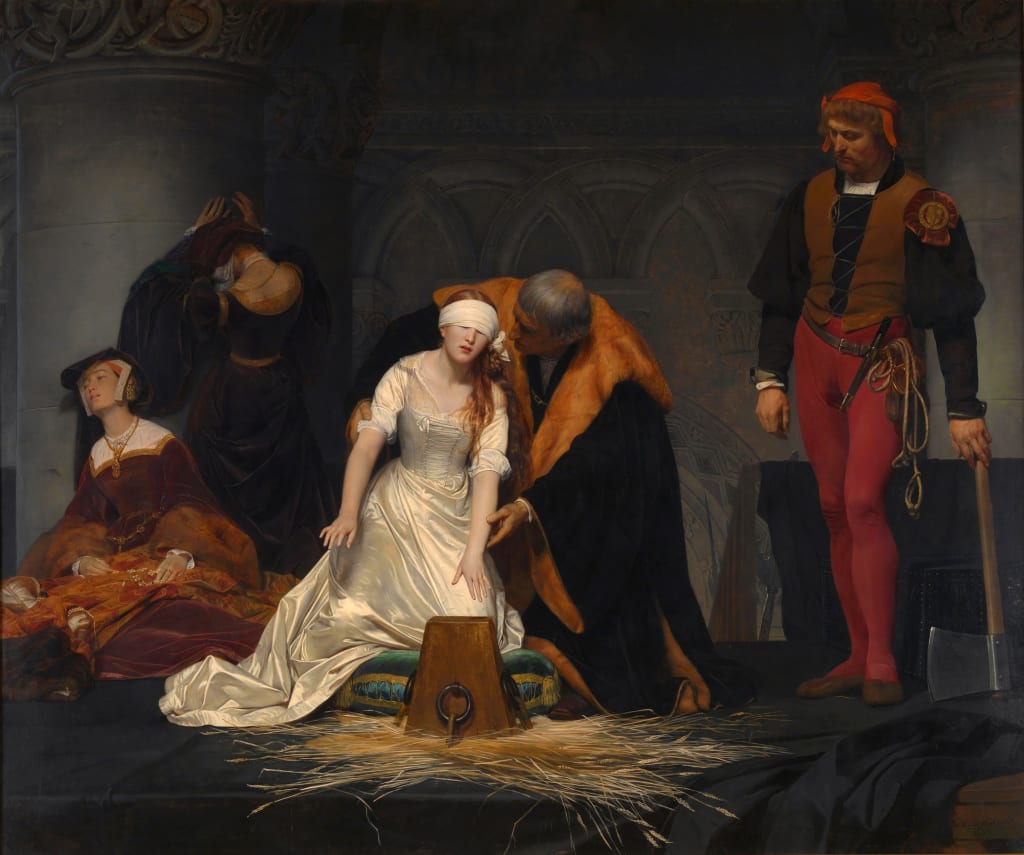
Throughout history, religious intolerance and power struggles have often led to injustice. England’s Tudor dynasty is considered to be one of its most significant, but King Henry VIII’s efforts to produce a male heir set up a chain of events that would result in the deaths of hundreds of innocent people. One of these was Lady Jane Grey.
The right of succession
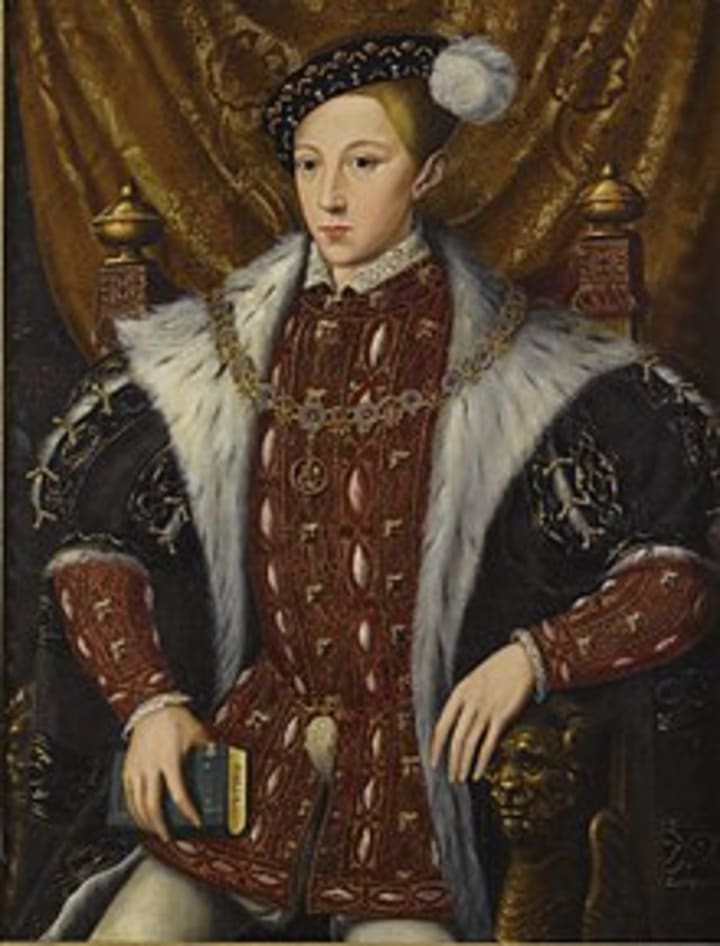
When Henry died, he did so, knowing that his son Edward VI would take his place. Unfortunately, after Edward’s death, just six years later, the transfer of power was a chaotic mess.
There were both Protestant and Catholic sympathizers in the royal court. The Protestants were struggling to retain control. The Catholics were hopeful that Edward’s half-sister Mary, a staunch Catholic, would become queen, and England would once again become a Catholic country. Her queenship would elevate their social standing and influence.
There was also an issue with the line of succession. When King Henry split from the Roman Catholic church and formed the Church of England, he divorced his first wife, Catherine of Aragon, to marry his second wife, Anne Boleyn.
After executing Queen Anne for high treason, the king declared both of his former marriages void and Mary and Elizabeth illegitimate. Henry also removed them from the line of succession. The Third Succession Act of 1543 put Mary and Elizabeth back in line for the throne, and Henry reaffirmed in his will that, if Edward died, Mary would become queen.
The battle for the soul of England
But King Edward was determined that England should remain Protestant and knew that Mary would most assuredly challenge that. Although only fifteen years old, Edward had a sharp mind and a strong will. He abolished clerical celibacy, the Mass, and imposed compulsory services in English rather than Latin. The Pope could no longer tell the English monarch what to do, and Edward wanted to keep it that way.
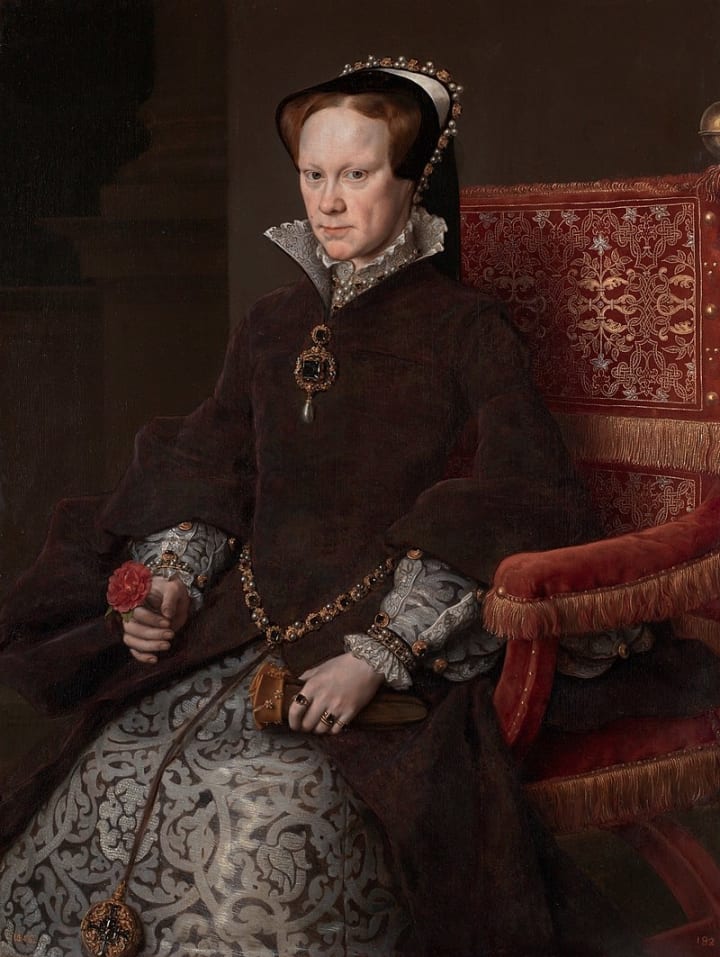
Edward did not want either of his sisters to ascend the throne for several reasons. Chief among these was Mary’s Catholicism, but he was also concerned about both of his half-sisters’ questionable legitimacy. Also, Edward believed that England should have a male ruler, if at all possible.
In February of 1553, Edward became seriously ill with what most scholars agree was tuberculosis. By June, his doctors told him that his condition was terminal.
There was no male heir to inherit his throne, so Edward decided to set down his wishes. He composed a document he entitled “My devise for the Succession.” In this, he spelled out that his first cousin, once removed, the sixteen-year-old Lady Jane Grey and her male heirs should succeed him. This came as a surprise to Lady Jane as she had never aspired to be queen and was not enthusiastic about the prospect.
The reluctant successor
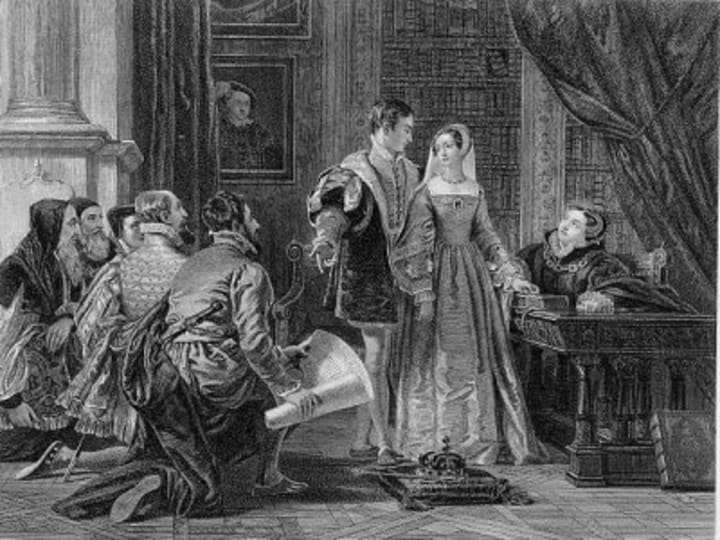
On May 25, 1553, Lady Jane had married Lord Guildford Dudley in a festive, elaborate triple wedding ceremony at Durham Place and the couple’s sisters and their respective spouses. She had just settled down to married life with her handsome, young husband and was reluctant to assume the weight of England’s crown.
Guildford Dudley’s father, Duke of Northumberland John Dudley, was the de facto ruler of England. He had served in that capacity since 1550 as King Edward had not yet come of age. Northumberland was also Lord President of England’s Privy Council.
There is some disagreement among scholars as to whether Edward’s decision to put Lady Jane first in line to the throne was his own or a scheme by Northumberland to retain power. In any event, when Edward died on July 6, 1553, John Dudley dutifully carried out the king’s wishes, which had the other members of the Privy Council had previously endorsed.
Queen takes pawn

As soon as Edward’s sister Mary learned of his death, she sent a letter to the Privy Council ordering them to declare her queen. On July 10th, Northumberland proclaimed Jane to be queen, and she and her husband took up residence in the Tower of London, as was customary, to await her coronation.
Northumberland then traveled to East Anglia with 1,500 men to intercept Mary, who was raising an army in anticipation of seizing the throne. While he was away, the Privy Council, having received Mary’s letter and aware that the public overwhelmingly supported her claim to the throne, shifted its support away from Jane.
On July 20th, Northumberland received the news that the Privy Council was backing Mary’s claim to the throne. Although he had been following the council’s previous orders and immediately proclaimed Mary as the rightful queen, he was arrested. Northumberland was tried and found guilty of treason on August 18th and beheaded on Tower Hill on August 22nd, 1553.
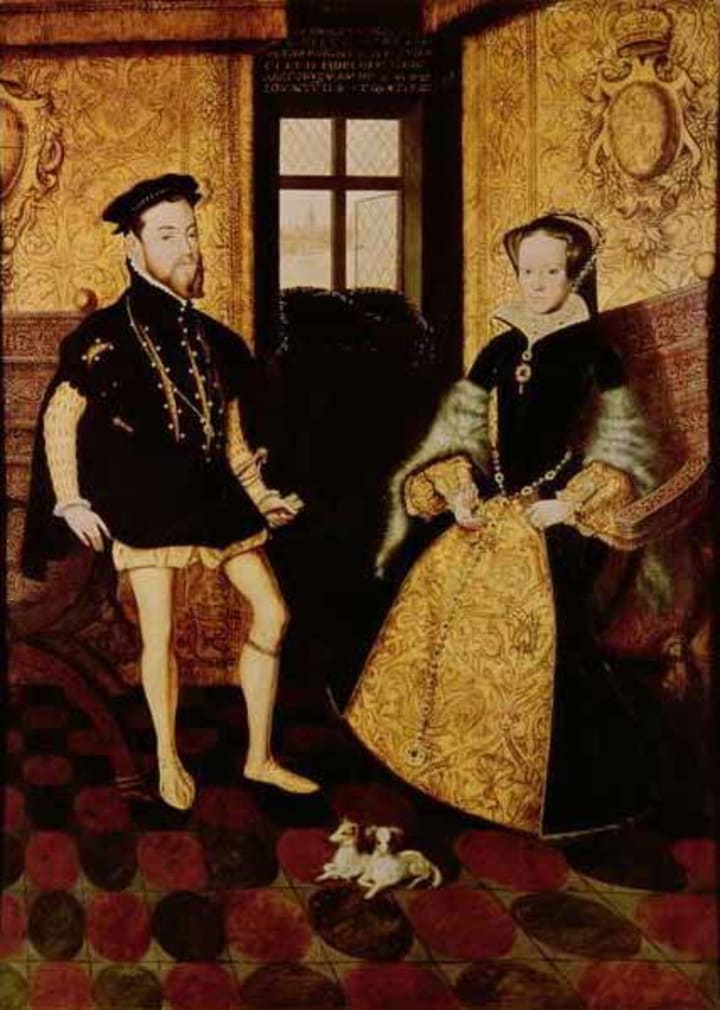
By then, Jane and Guildford had been transferred from the royal apartment to prisoners’ quarters. Due to their young age and being aware that the plan to put Jane on England’s throne had been neither her nor her husband’s idea, Mary initially decided to spare their lives.
Sadly, she reversed that decision after Jane’s father, Henry Grey, 1st Duke of Suffolk, participated in a rebellion sparked by Mary’s announcement of her intention to marry Philip of Spain. Her advisors convinced Queen Mary that it was best to remove any further possibility of the Dudleys challenging her.
Trial and execution
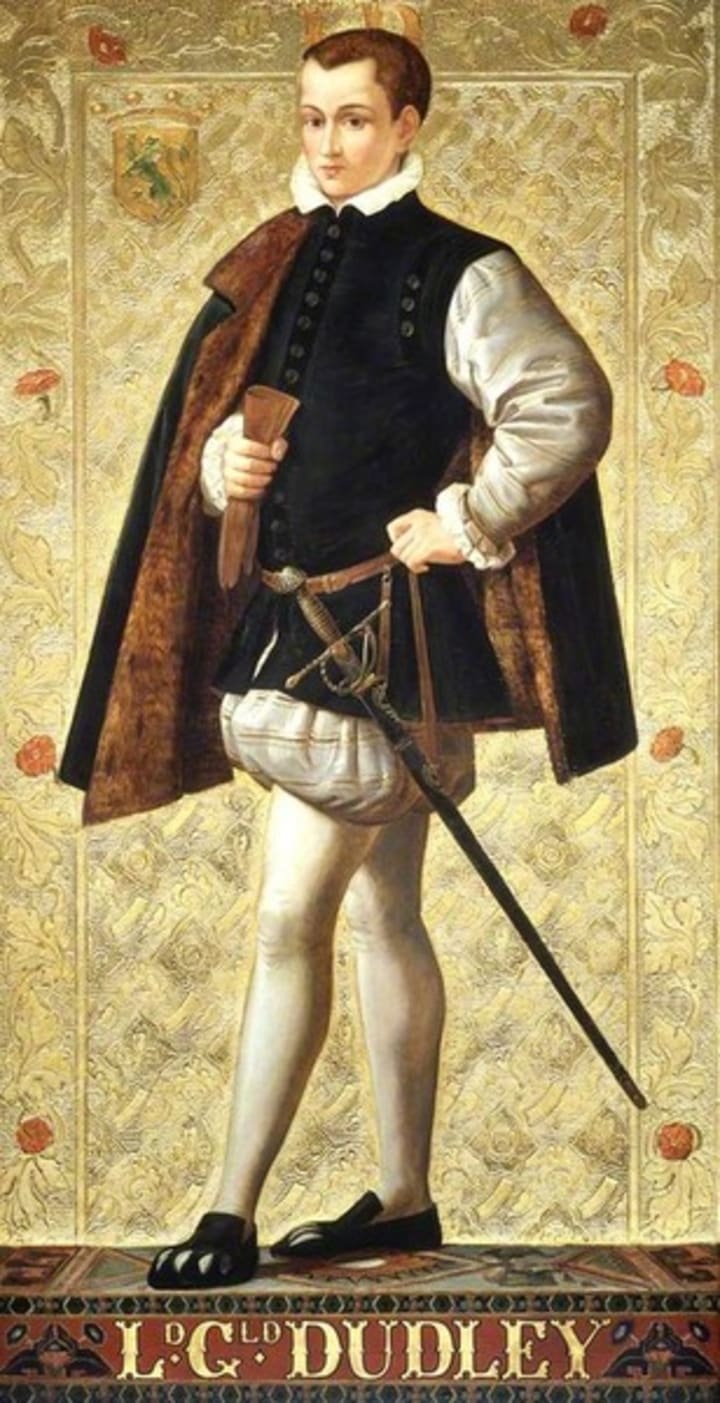
Lady Jane and her husband were tried for high treason on November 13, 1553, and found guilty. On the morning of February 12 of 1554, as Jane watched from a window, Guildford Dudley was led to Tower Hill and beheaded.
Mary sent her chaplain John Feckenham to Jane to convince her to convert to Catholicism. She refused to do so but asked him to accompany her to the scaffold, where she proclaimed her innocence to the crowd and recited Psalm 51. After forgiving the executioner, she said, “I pray you dispatch me quickly.”
Having blindfolded herself, Jane knelt before the block, but she wasn’t close enough to touch it. She cried out, “What shall I do? Where is it?” One of the bystanders assisted her in laying her head on the block. Then, just before the ax fell, she uttered the last words of Jesus as recounted in the Gospel according to Luke, “Lord, into thy hands I commend my spirit!”
Jane and Guildford Dudley are buried in the Chapel of St Peter ad Vincula on Tower Green. The Duke of Suffolk, Jane’s father, met the executioner eleven days later. Queen Mary gave Jane’s mother a full pardon and allowed her to remain at court with her two surviving daughters.
About the Creator
Denise Shelton
Denise Shelton writes on a variety of topics and in several different genres. Frequent subjects include history, politics, and opinion. She gleefully writes poetry The New Yorker wouldn't dare publish.






Comments
There are no comments for this story
Be the first to respond and start the conversation.